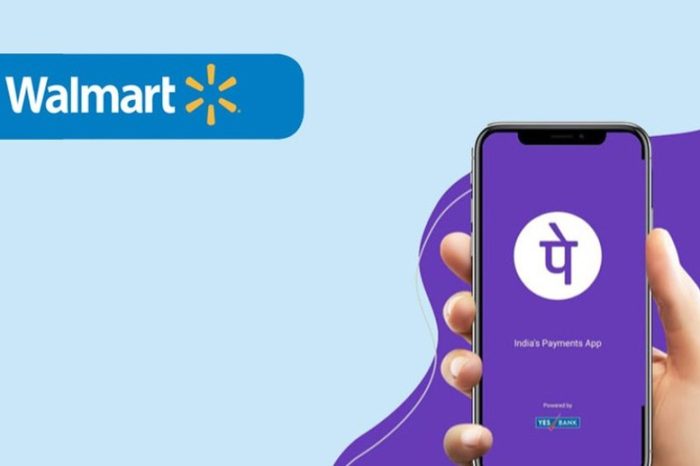FinTech startup Stripe raises $6.5 billion in down round; valuation plunges to $50 billion from $95 billion 2 years ago

On February 24, we wrote about Stripe after the fintech giant announced it was close to raising $4 billion in fresh funding that will push the company’s valuation to about $55 billion, a massive discount from its record valuation of $95 billion in 2021.
Less than a month later, the 12-year-old Stripe announced Wednesday it has raised $6.5 billion in a down round at a $50 billion valuation. The round was backed by primary investors including existing Stripe shareholders—Andreessen Horowitz, Baillie Gifford, Founders Fund, General Catalyst, MSD Partners, and Thrive Capital, with participation from new investors including GIC, Goldman Sachs Asset and Wealth Management, and Temasek.
A “down round” refers to a situation where a startup raises a new round of venture capital funding, but the pre-money valuation of the company is lower than the post-money valuation of the previous round. However, a down round should not be confused with a bridge round, which is designed to help founders extend their previous fundraising efforts.
In a press release, the payment processor said: “Stripe does not need this capital to run its business.” But the company plans to use the fresh capital infusion will go towards providing “liquidity to current and former employees and address employee withholding tax obligations related to equity awards, resulting in the retirement of Stripe shares that will offset the issuance of new shares to Series I investors.”
Founded over a decade ago, Stripe has remained private despite frequent speculation about an IPO. Back in January, CNBC reported that the company planned to make a decision on a public offering within the next year.
“Over the last 12 years, current and former Stripes have helped build foundational economic infrastructure for millions of businesses around the world, and this transaction gives them the opportunity to access the value they’ve helped create,” said John Collison, cofounder and president of Stripe. “But the internet economy is still young, and the opportunities of the next 12 years will dwarf those of the recent past. There’s so much to discover and to create. For us, it’s now back to work.”
On the economic front, Stripe has not been immune to the ongoing global slowdown. Just a year ago, Stripe became the most valuable U.S. startup, with a valuation of $95 billion. However, the company reportedly lowered its internal valuation to $63 billion amid economic uncertainty, according to The Wall Street Journal. The 12-year-old has enlisted the help of Goldman Sachs and JP Morgan to decide the best course of action for its public listing.
In November, Stripe laid off 14% of its staff amid rising inflation and fears of a looming recession. In a memo to staff, CEO Collison said the cuts were inevitable as rising inflation, fears of a looming recession, higher interest rates, energy shocks, tighter investment budgets, and lack of funding forced the company to make the tough decision.
Founded in 2010 by two Irish brothers Patrick Collison and John Collison, The San Francisco-based Stripe software platform was launched to compete directly with PayPal, Adyen, and Square. The company allows businesses to accept online payments. Today, Stripe is now one of the most valuable fintech startups in the world. Patrick and John Collison, who are 32 and 30 respectively, are each worth over $11 billion.




